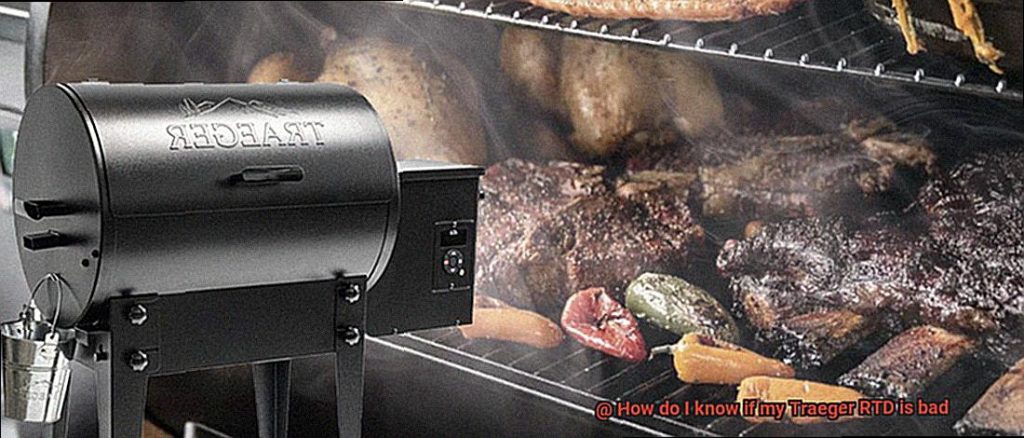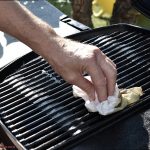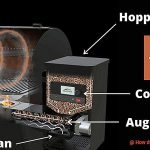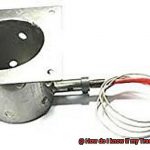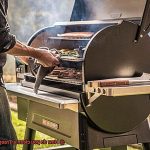Is your Traeger grill acting up? Are you experiencing temperature fluctuations and uneven cooking results that are ruining your barbecue parties? If so, it’s possible that the RTD sensor in your grill is on its last legs. The RTD sensor is an essential part of the grill’s temperature control system, responsible for maintaining a consistent and precise temperature.
If the RTD sensor is malfunctioning, it can send incorrect readings to the controller, causing the grill to run too hot or too cold. This can result in overcooked or undercooked meat and unhappy guests. Moreover, a faulty RTD sensor may cause the grill to shut down unexpectedly during use, which can be dangerous.
But how do you know if your Traeger RTD is bad? Don’t worry; there are some clear signs to watch out for. By recognizing these signs early on, you can diagnose the issue quickly and ensure that your grill performs at its best. In this blog post, we’ll walk you through everything you need to know about identifying a bad Traeger RTD sensor so that you can keep your grill – and your food – in top shape.
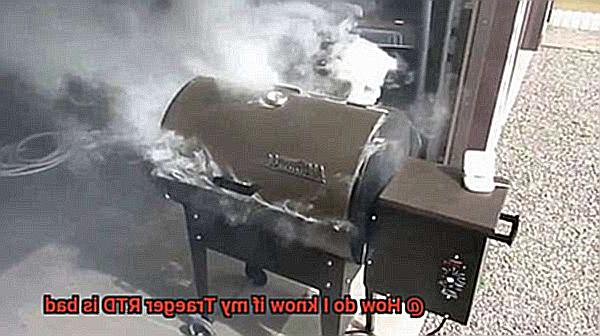
Contents
What is the Traeger RTD?
If you’re passionate about cooking outdoors, then you know the importance of maintaining the right temperature to achieve perfect results every time. And when it comes to Traeger grills, the RTD (Resistance Temperature Detector) is an essential component that helps to monitor the internal temperature of your grill.
The Traeger RTD works by measuring the electrical resistance of a piece of metal located inside the grill. As the temperature changes, so does the resistance of the metal, allowing the RTD to accurately measure and report the temperature inside the grill. Traeger grills typically use platinum RTDs known for their accuracy and reliability, designed to withstand high temperatures and provide precise readings.
Without a functioning RTD, accurately monitoring and controlling the temperature inside your Traeger grill would be impossible. This leads to inconsistent temperatures, undercooked or overcooked food, and a frustrating grilling experience.
To ensure optimal performance and delicious grilled meals every time, it’s essential to understand how to identify and troubleshoot any issues with your Traeger RTD. Signs of a bad RTD include consistently incorrect or fluctuating temperature readings on your grill or difficulty in reaching and maintaining the desired temperature.
To determine whether your RTD is functioning correctly, you can perform a simple test by removing the RTD probe from the grill and placing it in boiling water for several minutes. The temperature should read around 212 degrees Fahrenheit on your grill’s display. If it doesn’t, then it’s likely that your RTD needs to be replaced.
Replacing an RTD is a relatively simple process, depending on your level of experience with grills and electronics. It’s important to check the wiring and connections around the RTD probe first and make sure that all wires are securely connected with no signs of damage or wear.
Signs of a Bad RTD
The RTD measures the temperature inside your grill and sends that information to the controller, guiding your cooking process. But what happens when your RTD goes bad? Here are five telltale signs to watch out for.
Firstly, inaccurate temperature readings can be a clear indication of a faulty RTD. If your grill is displaying temperatures that seem off or fluctuate wildly, it’s likely the RTD is no longer functioning as it should. This can throw off your cooking game and make it difficult to achieve that perfect sear on your steak.
Secondly, slow heating can also point to an issue with the RTD. If your Traeger grill is taking longer than usual to heat up, it could be a sign that the RTD is not functioning correctly. Give your grill ample time to warm up before assuming there’s an issue with the RTD.
Thirdly, error codes can be displayed by some Traeger grills when there’s a problem with the RTD. Each model may have its unique set of error codes, so consult your owner’s manual for more information.
Fourthly, inconsistent cooking is another sign of an RTD malfunction. If your food is cooking unevenly or taking longer than usual to cook, it could be a sign that the RTD isn’t accurately measuring the temperature inside the grill. This can lead to overcooked or undercooked dishes, ruining your grilling experience.
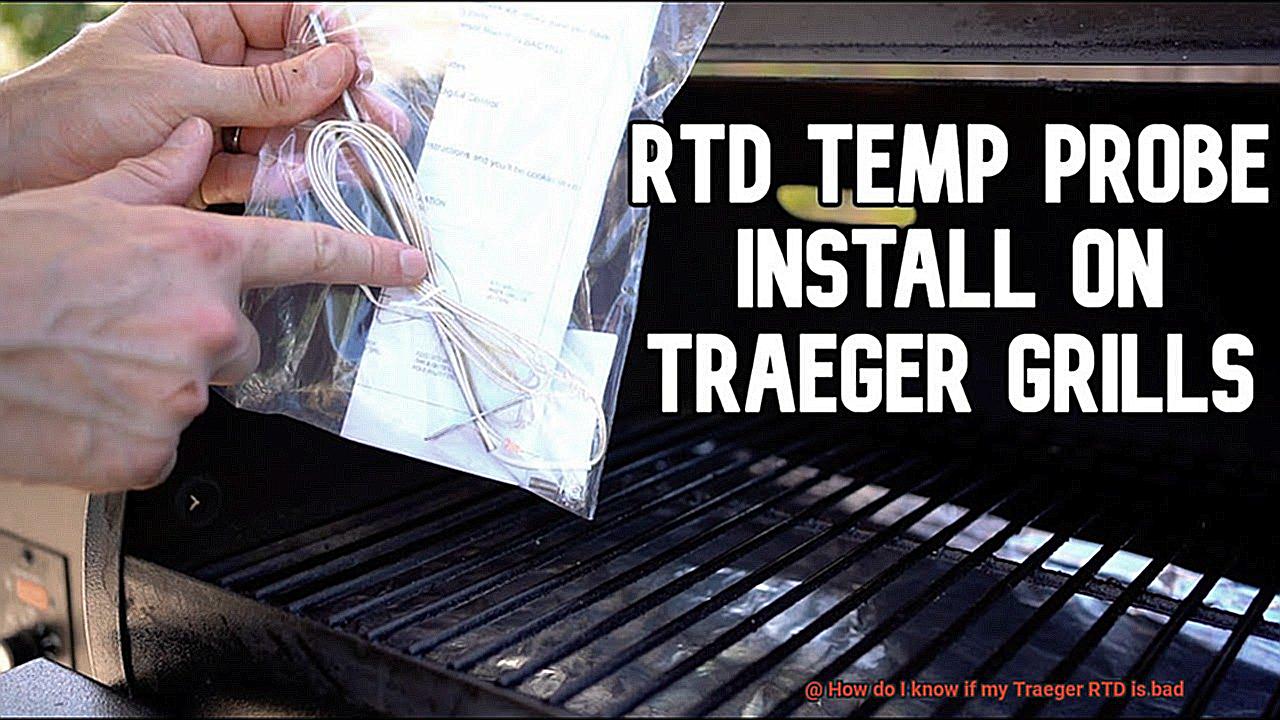
Lastly, faulty wires connected to the RTD can cause problems too. Frayed, damaged or disconnected wires may prevent the RTD from functioning correctly, leading to inaccurate temperature readings and inconsistent cooking results. Regular wire inspection helps you spot potential issues early and replace them if necessary.
Checking the Wiring and Connections
Attention all grill masters. Have you been experiencing issues with your Traeger grill, such as inconsistent temperature readings or cooking? Before throwing in the towel and giving up on your next barbecue feast, let’s talk about the crucial step of checking the wiring and connections.
Faulty wiring or loose connections can cause a whole host of problems with your Traeger RTD, making it essential to ensure everything is in good working order. Here are some sub-topics and tips to keep in mind when checking your wiring and connections:
Firstly, visually inspecting the wiring is vital. Take a close look for any damage such as frayed wires or exposed metal. If you observe any damage, replace the wiring entirely to avoid potential safety hazards.
Secondly, connection security is key. Check all of the connections between the wiring and the RTD, ensuring they are secure. Loose connections can lead to inconsistent temperature readings or even total RTD failure. You can tighten the connections with a pair of pliers or a wrench, but be cautious not to overtighten and damage them.
Lastly, don’t forget to check the connections between the RTD and controller. Ensure that they are secure and tight as well to guarantee proper functioning.
Performing a Simple Test
Fear not. A simple test can help you avoid these issues and ensure your Traeger RTD sensor is working correctly.
To perform this easy test, you need a multimeter, an electronic device that measures voltage, resistance, and current in an electrical circuit. Begin by turning off and unplugging your Traeger grill before removing the RTD sensor probe from the grill’s body. Set your multimeter to read resistance and place the probes onto each end of the RTD sensor probe. The multimeter should give you a resistance reading between 800 and 1200 ohms.
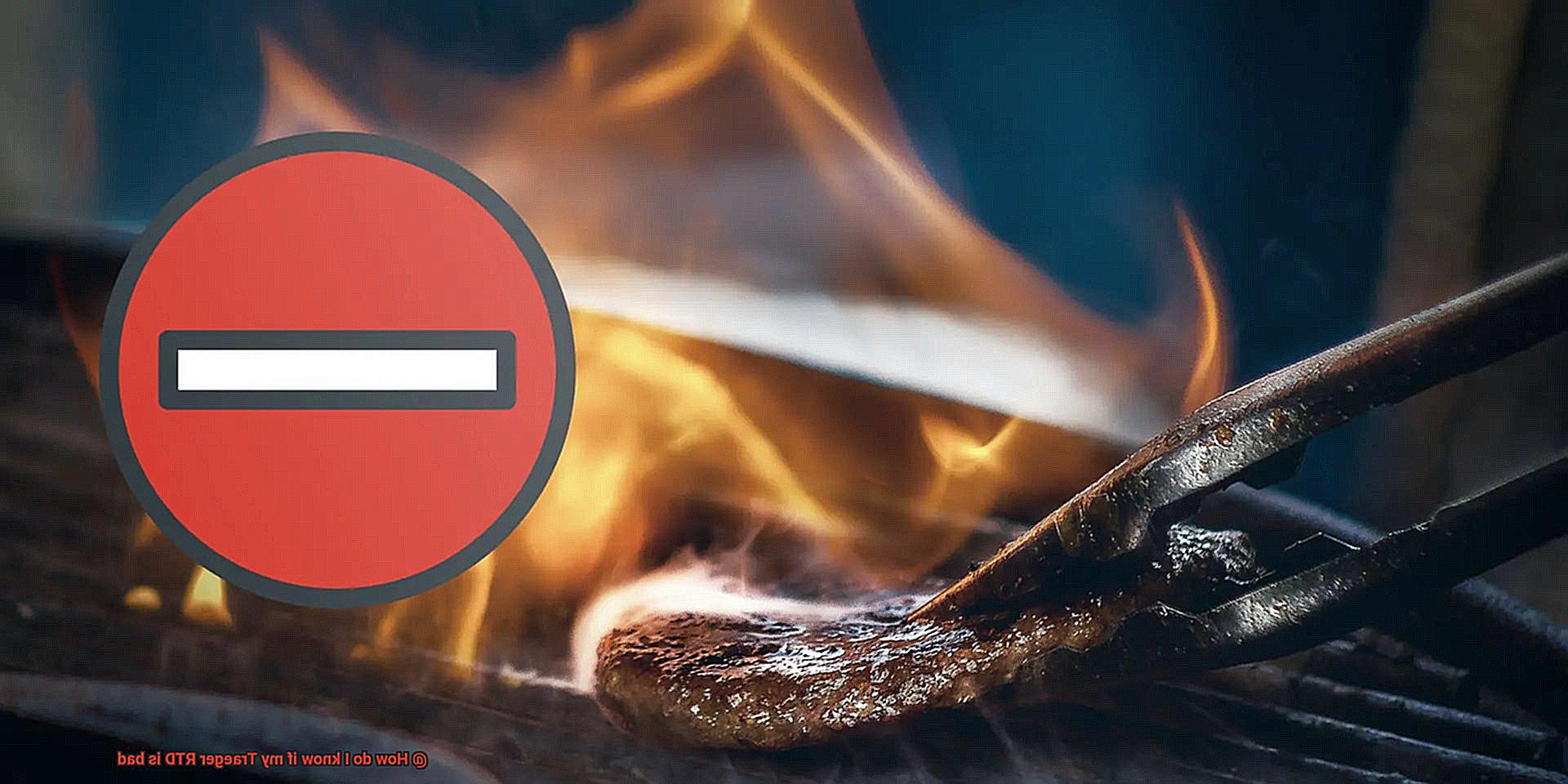
If the reading falls outside of this range, then your Traeger RTD sensor is likely faulty and needs replacement. But if you get a reading within this range and still suspect something could be wrong, there’s another test you can do.
Take the RTD sensor probe and place it in a bowl of ice water before testing it again. The resistance value should read around 32°F (0°C), indicating that your RTD sensor is functioning correctly.
Performing this simple test can save you time and money by quickly identifying any issues with your Traeger RTD sensor before spending money on replacement parts or costly repairs. Plus, it’s easy enough that even beginners can do it.
Replacing the RTD
Grilling is a beloved pastime that brings people together to enjoy delicious food and great company. But what happens when your Traeger grill fails to heat up to the desired temperature range? The culprit could be a faulty RTD (Resistance Temperature Detector). No need to panic, replacing the RTD is a breeze, and as an expert on the subject, I’m here to guide you through the process step by step.
Before you get started, gather all the necessary tools: pliers, a screwdriver, and a wrench. Once you’re set, remember to disconnect your grill from any power source before commencing work.
The RTD is typically located near the firepot and can be identified by its long, thin metal probe. To remove the faulty RTD, use your pliers to unclip it from its retaining clip and pull it out carefully.
Now it’s time to install the new RTD. Insert it into the same hole where the old one was removed, ensuring it goes all the way in, then secure it with the retaining clip. Finally, reconnect your grill to its power source.
Don’t forget to test your grill after replacing the RTD. Turn on your grill and observe if it reaches and maintains the desired temperature range. If not, other issues may be at play requiring professional assistance from a certified Traeger technician or customer support.
Understanding Your Level of Experience
Before you dive into diagnosing the issue, it’s crucial to first evaluate your level of experience with grills and Traeger products in general. This will help you determine whether you should attempt to fix the problem on your own or seek professional help.
If you’re a seasoned grill master who has been using Traeger products for years, you may feel confident in troubleshooting and repairing any issues that arise. However, if you’re new to grilling or Traeger products, it may be best to seek the assistance of a professional.
It’s important to keep in mind that Traeger RTDs are intricate and delicate pieces of equipment that require a certain level of expertise to repair or replace. Attempting to fix the issue on your own could potentially cause more harm than good and end up costing you more money in the long run.
To help you assess your level of experience and make an informed decision, consider these sub-topics:
- Evaluating your familiarity with grilling and Traeger products
- Understanding the complexity of Traeger RTDs
- Weighing the potential risks of DIY repairs
- Advantages of seeking professional help
- Tips for finding a reputable grill repair service
Contacting a Professional for Assistance
Before you start tinkering with your grill, consider whether seeking professional assistance might be the best course of action. Here are a few reasons why:
Accurate diagnosis: Unless you’re a seasoned grill expert, it can be challenging to pinpoint exactly what’s causing your Traeger to malfunction. However, a trained technician will have the skills and experience needed to diagnose the issue accurately. By getting an accurate diagnosis, you can avoid wasting time and money on unnecessary repairs.
Traeger customer service: If your grill is still under warranty, reaching out to Traeger directly for assistance can be a wise move. They may be able to troubleshoot over the phone or email, or they may recommend taking your grill to an authorized dealer for repair. Either way, you’ll have access to expert support from the company that made your grill.
Certified technicians: If you prefer to work with a local technician, you can search for Traeger-certified repair specialists in your area. These professionals have completed specialized training and are authorized by Traeger to service their grills. By working with a certified technician, you can rest assured that your grill is in good hands.
Time and frustration saved: Attempting to diagnose and fix issues with your Traeger grill on your own can be time-consuming and frustrating. By enlisting the help of a professional, you can save yourself time and hassle while getting your grill back up and running as quickly as possible.
It’s essential to keep in mind that professional assistance may come at a cost. However, in some cases, the cost of hiring a professional may be worth it in terms of time and frustration saved in attempting to diagnose and fix the issue on your own.
ChEGc30z3es” >
Conclusion
In conclusion, a malfunctioning RTD sensor can wreak havoc on your Traeger grill, causing temperature fluctuations that can ruin your outdoor barbeque parties. The RTD sensor plays a crucial role in accurately measuring the internal temperature of your grill and sending that information to the controller. When it goes awry, it can send incorrect readings to the controller, causing the grill to run too hot or too cold.
Fortunately, identifying a bad Traeger RTD sensor is relatively easy if you know what signs to look out for. Inaccurate temperature readings, slow heating, error codes, inconsistent cooking results and faulty wires are all telltale indicators of an RTD malfunction. You can perform a simple test by removing the RTD probe from the grill and placing it in boiling water for several minutes to determine whether it’s functioning correctly.
Replacing an RTD sensor is also relatively simple if you have experience with grills and electronics. However, before attempting any repairs yourself, evaluate your level of expertise and consider seeking professional assistance from a certified Traeger technician or customer support.
By recognizing these signs early on and taking appropriate action, you can diagnose any issues quickly and ensure that your Traeger grill performs at its best. With proper maintenance and care, you’ll be able to enjoy mouth-watering grilled meals every time without worrying about temperature fluctuations or uneven cooking results.

